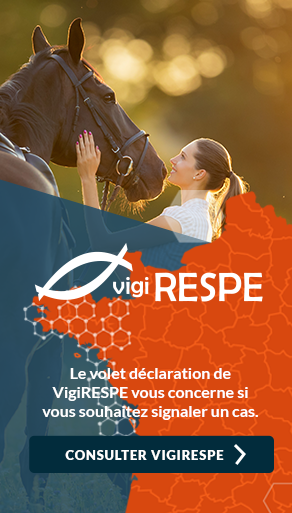Publication : Lethal toxin of Clostridium sordellii is associated with fatal equine atypical myopathy
Lucia Unger-Torroledo (a), Reto Straub (a), Andrea D. Lehmann (b), Franziska Graber (b), Christina Stahl (a), Joachim Frey (c), Vinzenz Gerber (a), Hans Hoppeler (b) and Oliver Baum (b)
a Equine Clinic, Department of Veterinary Clinical Studies, Vetsuisse Faculty, University of Bern, Bern, Switzerland
b Department of Anatomy, University of Bern, Bern, Switzerland
c Department of Veterinary Bacteriology, Vetsuisse Faculty, University of Bern, Bern, Switzerland
Abstract
The lethal toxin of Clostridium sordellii (TcsL) evokes severe, mostly fatal disease patterns like toxic shock syndrome in humans and animals. Since this large clostridial toxin induced severe muscle damaging when injected intramuscularly into mice, we hypothesized that TcsL is also associated with equine atypical myopathy (EAM), a fatal myodystrophy of hitherto unknown etiology. Transmission electron microscopy revealed skeletal and heart muscles of EAM-affected horses to undergo degeneration ultrastructurally similar to the damage found in TcsL-treated mice. Performing immunohistochemistry, myofibers of EAM-affected horses specifically reacted with these sera derived from horses with EAM as well as an antibody specific for the N-terminal part of TcsL, while both antibodies failed to bind to the myofibers of either healthy horses or those with other myopathies. The presence of TcsL in myofibers of horses with EAM suggests that it plays a role as trigger or even as lethal factor in this disease.
Keywords: Equine atypical myopathy; clostridium; Clostridium sordellii; lethal toxin
Corresponding author. Tel.: +41 31 631 2414, fax +41 31 631 2634.
Voir sur Science Direct

